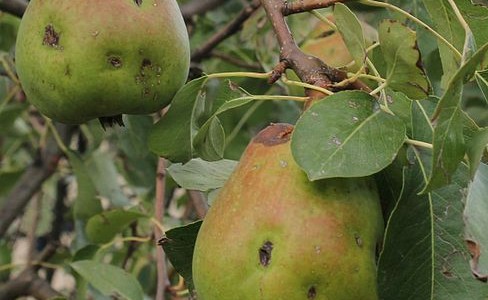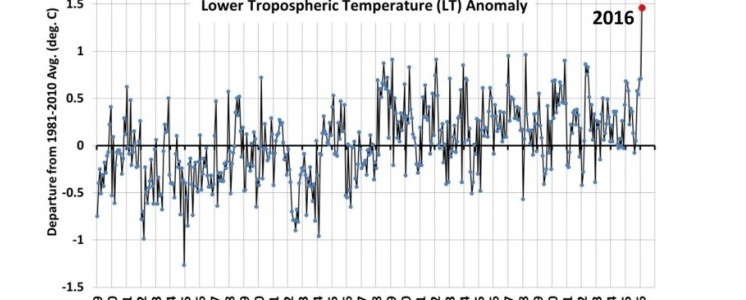Climate science
-

University of Arizona researchers have shown that the number of hurricanes in the Caribbean Sea was 75% lower during the Maunder Minimum, a time period from roughly 1645-1715 AD. This is called the Maunder Minimum because there were fewer sunspots in that time period, which is also linked to a time of low solar activity. The…
-

While we are enjoying beautiful weather across most of the Southeast this week, it’s always good to be aware of severe weather. The National Severe Storms Lab (NSSL) has some great resources on severe weather at their website https://www.nssl.noaa.gov/education/svrwx101/, including one on hail. For agriculture, hail does not even need to be large to cause big…
-

To end the work week, I thought you might enjoy a look at some clouds that are almost “out of this world”! Lenticular clouds are named for their distinctive lens shape, which some people think make them look like flying saucers. Lenticular clouds are formed by condensed water vapor in air that is flowing smoothly…
-

When most people think of meteorologists, they think of someone on television cracking jokes about the weather and waving their hands in front of moving weather graphics. Or they think of someone chasing tornadoes, even though many chasers do not have degrees in meteorology and are more thrill-seekers than scientists. But meteorologists do many other…
-

The Accumulated Winter Season Severity Index (AWSSI for short) is a new index that was created to objectively determine how extreme the winter season has been. It is not linked to a specific climatological or astronomical season but is defined to start and end when a specific set of conditions has been reached, and then…
-

In what some climatologists thought was a shocking result, the latest global temperature measured by satellite set a new all-time record in February 2016, far surpassing the old record set just last month. This is according to Dr. Roy Spencer of the University of Alabama at Huntsville, whose satellite records of global temperature have lagged…
-

One of the ways that humans alter climate is by changing the land use of a particular region, leading to changes in the energy balance locally. Some climatologists believe that the Southeast has lagged other parts of the country in warming due to the change from widespread bare ground crops like cotton early in the…